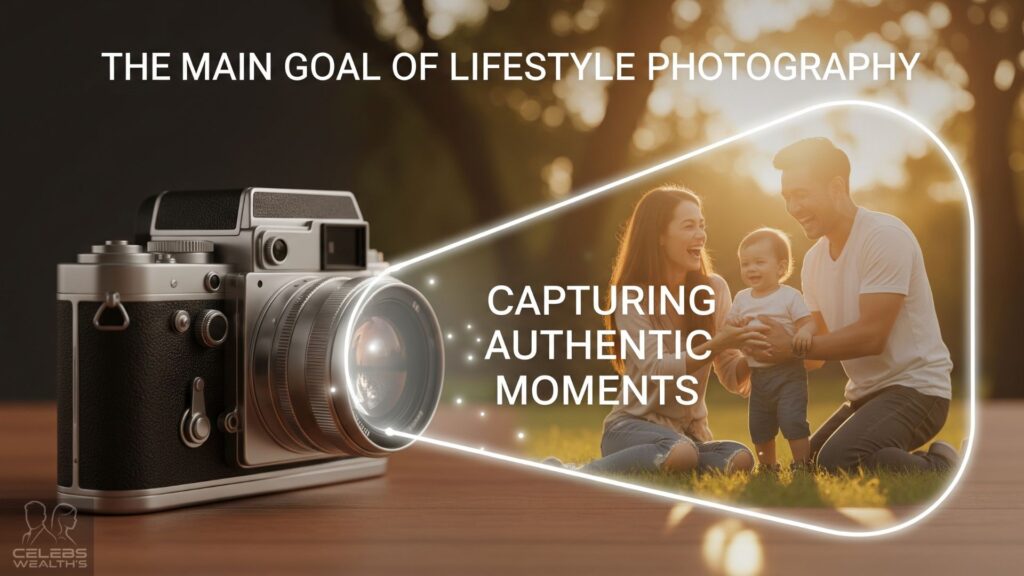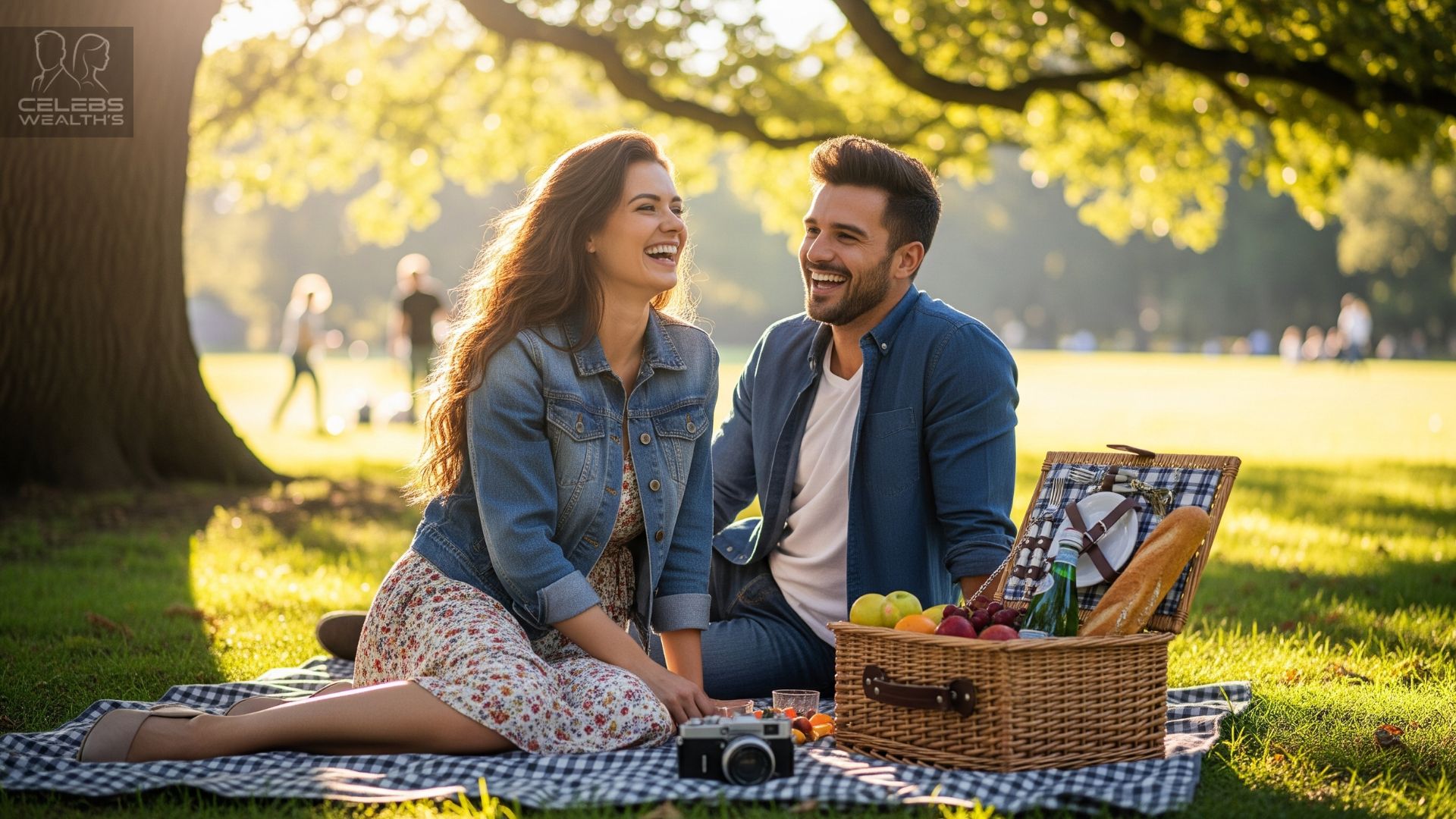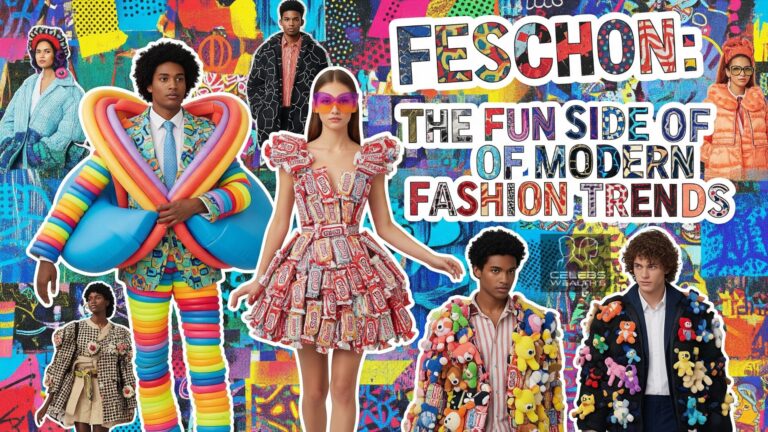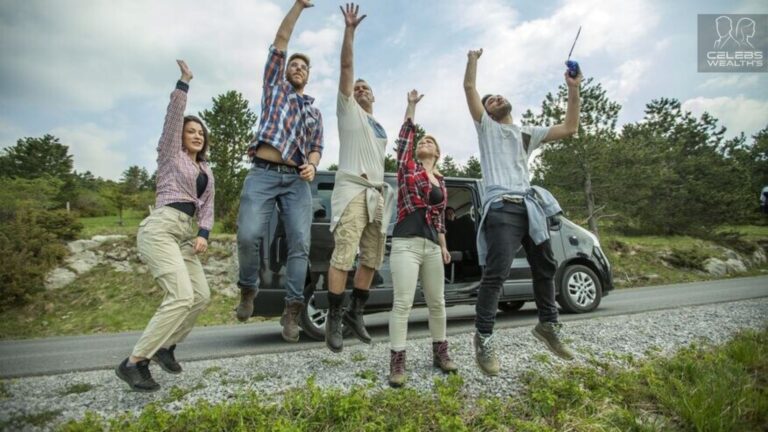Lifestyle Photography: Capturing Real Life in Beautiful Moments
Lifestyle photography is all about capturing real life, not just posed pictures. It’s the art of taking photos that tell a story — moments that feel natural, warm, and full of emotion. Whether it’s a family laughing together, kids playing in the park, or someone sipping coffee near a window, lifestyle photography turns everyday life into art.
In this blog, we’ll explore what lifestyle photography really means, how it’s different from other styles, and how you can create beautiful, natural photos that people love. So, if you’ve ever wanted to take pictures that look real and full of life, this guide is for you!
What Is Lifestyle Photography?
Lifestyle photography focuses on real emotions, genuine moments, and everyday activities. It’s not about making people pose perfectly — it’s about showing life as it happens. The goal is to tell a story through pictures that feel true and emotional.
For example, think of a photo of a mother reading a bedtime story to her child, or a couple cooking dinner together. These are lifestyle photos — simple, natural, and filled with love.
Lifestyle photographers often work in natural light and use real locations like homes, streets, or beaches. This helps make every photo look authentic, not staged.
The Main Goal of Lifestyle Photography

The main goal of lifestyle photography is to capture real stories in an artistic way. Unlike studio portraits where everything is set up perfectly, lifestyle photos feel free and relaxed.
Photographers want to show emotions — smiles, hugs, laughter, and even little moments like a glance or touch. These small details make photos special because they reflect real life.
Lifestyle photography helps people remember genuine memories, not just how they looked but also how they felt in that moment.
Lifestyle Photography vs Portrait Photography
Many people confuse lifestyle photography with portraits, but there’s a big difference.
| Feature | Lifestyle Photography | Portrait Photography |
|---|---|---|
| Style | Natural and candid | Planned and posed |
| Setting | Real locations | Studio or fixed background |
| Emotion | Real, unfiltered moments | Controlled expressions |
| Lighting | Natural light | Studio lighting |
| Goal | Tell a story | Focus on appearance |
Lifestyle photos capture movement and emotion, while portrait photos focus on perfection. Both are beautiful in their own way, but lifestyle photography connects more deeply with viewers because it feels real.
Why Lifestyle Photography Is So Popular
Lifestyle photography is growing fast because people want memories, not just photos. They love images that show real stories — not fake smiles or stiff poses.
Here’s why lifestyle photography is trending today:
- Authenticity: People prefer real over fake.
- Emotion: Candid shots bring out natural feelings.
- Connection: It helps families and brands tell their story.
- Simplicity: No need for fancy setups — just real life.
- Memories: Every picture becomes a piece of your story.
This style is also popular among influencers, bloggers, and small brands who want to connect with their audience honestly.
Tips to Get Started with Lifestyle Photography
Want to try lifestyle photography? Here are some easy tips to help you start capturing natural, story-filled pictures:
1. Use Natural Light
Always try to shoot during the day, especially early morning or late afternoon (the golden hour). Natural light gives photos a warm and soft look.
2. Capture Real Emotions
Don’t ask your subjects to smile or pose perfectly. Instead, ask them to talk, laugh, or play naturally.
3. Tell a Story
Think about the story behind the picture. What’s happening? What emotion do you want to show? This makes your photos more meaningful.
4. Focus on Small Details
A hand holding a cup of coffee, hair blowing in the wind, or a child’s giggle — these tiny moments make lifestyle photos special.
5. Keep the Background Natural
Shoot in real places — homes, parks, cafés, or streets. Avoid too much editing or fake backdrops.
Lifestyle Photography for Families
Family lifestyle photography is one of the most loved categories. Instead of making everyone stand still and smile, photographers capture them playing, hugging, or laughing together.
These photos often happen at home or in familiar places where people feel relaxed. This helps bring out real emotions and connections. The result? Heartwarming pictures that show love and happiness in every frame.
Lifestyle Photography for Brands and Businesses
Brands also use lifestyle photography to connect with customers. Instead of showing products alone, they show how people use them in real life.
For example:
- A coffee brand might show friends chatting over mugs.
- A clothing brand might show people enjoying a sunny day wearing their outfits.
- A travel brand might show families exploring together.
These photos tell a story that feels natural and helps people imagine themselves in the scene. It’s great for marketing, social media, and advertisements.
Equipment You Need for Lifestyle Photography

You don’t need the most expensive gear to take amazing lifestyle photos. What matters more is timing, light, and creativity.
Here’s a simple gear list to start with:
- Camera: DSLR or mirrorless camera (any good beginner model).
- Lens: A 35mm or 50mm lens for natural framing.
- Tripod: For stable shots or self-portraits.
- Reflector: To balance natural light.
- Editing Software: Lightroom or Snapseed for touch-ups.
Remember, lifestyle photography is about emotions — not just equipment.
Editing in Lifestyle Photography
Editing helps improve the final look but should never make photos look fake. Keep colors natural, tones soft, and lighting gentle.
Here are simple editing tips:
- Adjust exposure to brighten dark areas.
- Use warm tones for cozy feelings.
- Keep skin tones realistic.
- Avoid over-filtering — simplicity looks best.
The goal is to enhance, not change, the story your photo tells.
Common Mistakes to Avoid
Even experienced photographers make mistakes sometimes. Here are some to watch out for:
- Too many poses: Keep it natural, not forced.
- Ignoring light direction: Good light makes a huge difference.
- Over-editing: Avoid filters that hide natural beauty.
- Busy backgrounds: Simple settings make the subject stand out.
- Not engaging subjects: Talk, laugh, and make them feel comfortable.
How to Build a Lifestyle Photography Portfolio
If you want to become a professional lifestyle photographer, build a portfolio that shows your storytelling skills.
Tips for a strong portfolio:
- Capture different themes (family, travel, daily life).
- Show natural emotions in every photo.
- Keep a consistent editing style.
- Use your social media to share behind-the-scenes shots.
- Tell short stories with each photo caption.
This helps attract clients who love your natural and real approach.
Conclusion
Lifestyle photography is not just about taking pictures — it’s about capturing life. It tells stories that are full of feeling, laughter, and real moments. Whether you’re taking photos of your family, your friends, or for a brand, the beauty lies in showing truth and emotion.
With a camera, good light, and a warm heart, you can create lifestyle photos that speak louder than words. Remember — it’s not about perfection; it’s about connection. Every photo you take becomes a piece of someone’s story.
FAQs
Q: What is lifestyle photography?
A: Lifestyle photography captures real-life moments and emotions naturally, showing everyday activities in an artistic and storytelling way.
Q: How is lifestyle photography different from portraits?
A: Portraits are posed and controlled, while lifestyle photos are candid and natural, showing real stories and emotions.
Q: What is the best camera for lifestyle photography?
A: Any DSLR or mirrorless camera works well. A 35mm or 50mm lens helps create natural and bright images.
Q: Can I do lifestyle photography with my phone?
A: Yes! Modern smartphones have great cameras. Focus on good lighting and capturing real emotions.
Q: How do I make lifestyle photos look natural?
A: Use natural light, avoid forced poses, and let your subjects act naturally. Capture moments, not poses.







